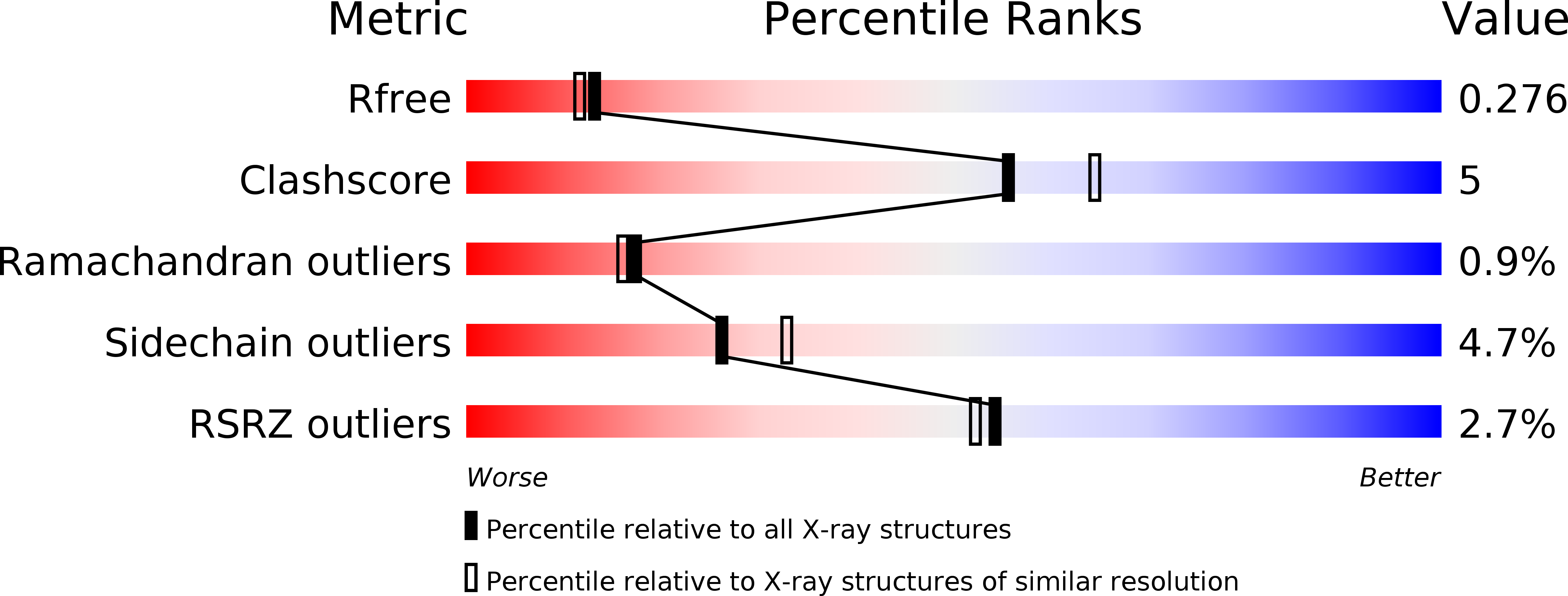
Deposition Date
2010-02-11
Release Date
2010-11-10
Last Version Date
2023-09-06
Entry Detail
PDB ID:
3LRE
Keywords:
Title:
Crystal Structure Analysis of Human Kinesin-8 Motor Domain
Biological Source:
Source Organism:
Homo sapiens (Taxon ID: 9606)
Host Organism:
Method Details:
Experimental Method:
Resolution:
2.20 Å
R-Value Free:
0.27
R-Value Work:
0.22
R-Value Observed:
0.22
Space Group:
P 21 21 21


